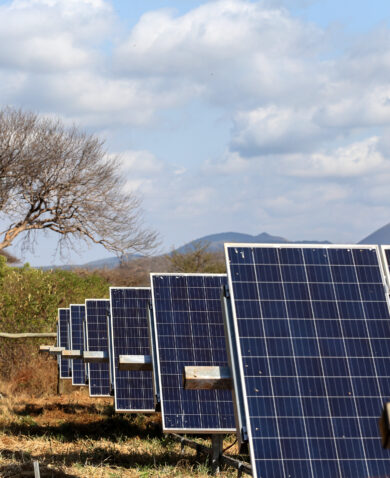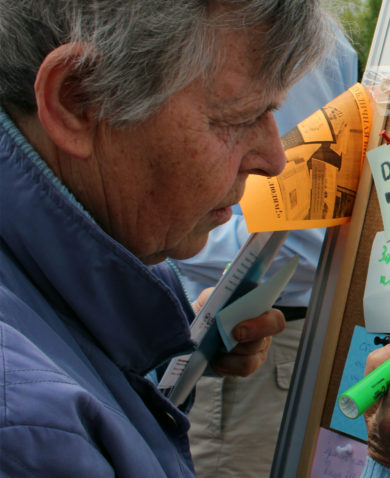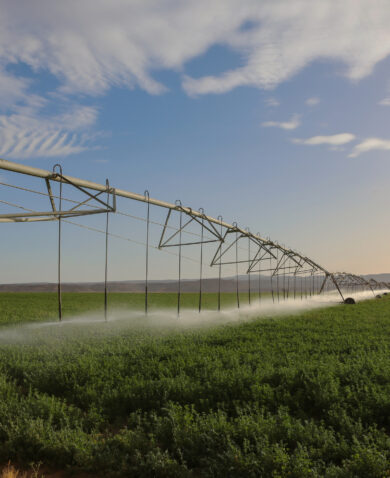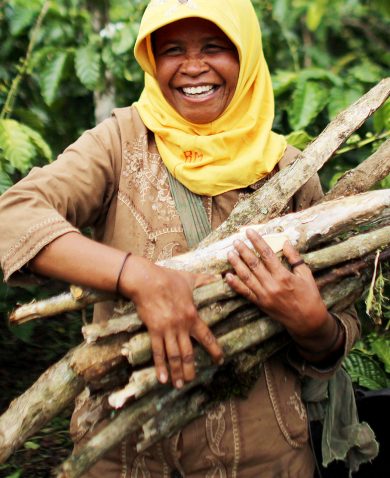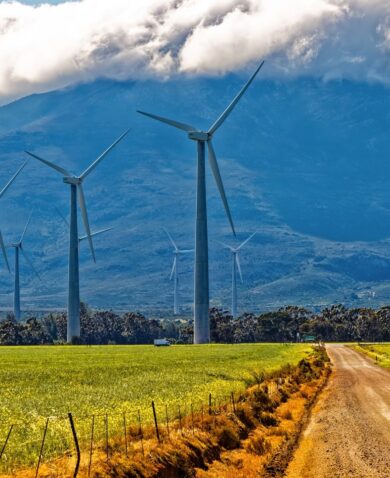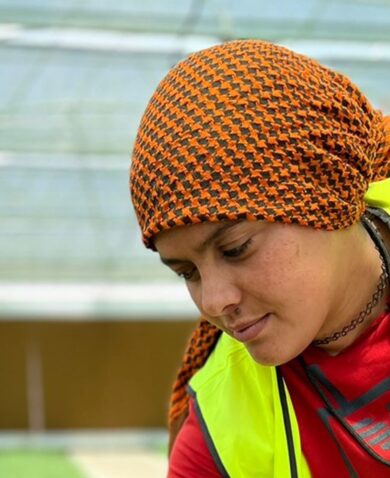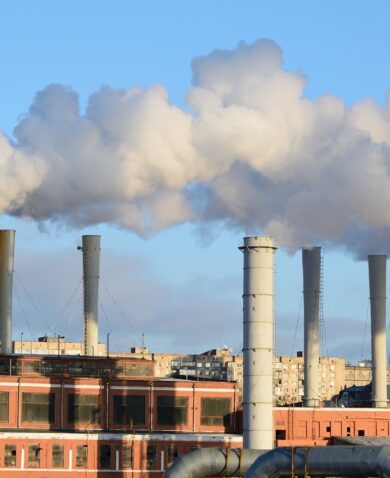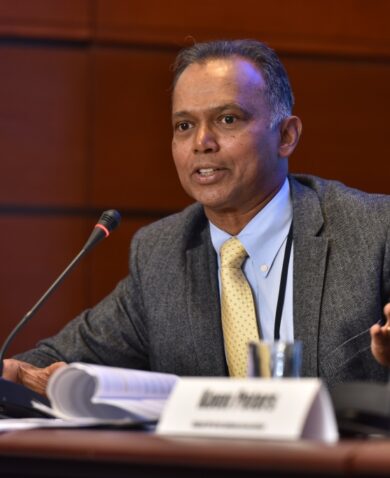
Energizing the Sustainable Development Goals
September 14, 2017 | 4 Minute ReadFrom gender equality to health, expanding access to energy is a hidden prerequisite to achieving many of the Sustainable Development Goals. Rebecca Walsh explains.
In September 2015, the United Nations General Assembly adopted the Sustainable Development Goals (SDGs) in an effort to mobilize resources to transform the world, eliminate poverty, safeguard the planet, and guarantee universal prosperity by 2030. Of the 17 goals, Goal 7 of the SDGs set targets to “ensure access to affordable, reliable, sustainable, and modern energy for all.” Though access to energy is a standalone goal among the SDGs, it also underpins and can significantly shape efforts to achieve the other sixteen SDGs.
Currently, 1.2 billion people lack access to electricity and many more suffer from inadequate and unreliable supply. Around the world, 38 percent of people rely on traditional energy sources, such as biomass and coal. Access to modern energy systems can help combat poverty or protect the environment, though energy is only explicitly mentioned in SDG 4, quality education (indicator 4.a.1), and SDG 12, responsible consumption and production (indicator 12.c.1). The impact of providing affordable and reliable clean energy to achieve all of the SDGs can be demonstrated by exploring the linkages between alleviating energy poverty and three other SDGs: gender equality (Goal 5), good health and well-being (Goal 3), and climate action (Goal 13).
As a Peace Corps volunteer in Assome, Togo, I witnessed the transformational power of achieving energy access. At the onset of my service in Assome, the local community lacked access to electricity. The citizens of Assome utilized traditional energy sources, like firewood and biomass, or relied on expensive diesel generators to meet their energy needs. Use of these sources, however, had detrimental impacts on women and children, health, the environment, and climate.
Opening up energy access to women helps achieve gender equality
Each morning of my service in Assome, I joined my host mother to collect firewood for daily cooking needs. Over time, access to firewood became more difficult as forest resources were exhausted. As a result, the time we spent searching for firewood increased as we traveled farther to find it. This experience was not unique to my host mother or women in the community. It is not uncommon to find that the burden of accessing unreliable and expensive energy sources falls heavily upon women in communities that rely on traditional biomass-dependent energy systems for heating and cooking. For example, women in South Asia can spend up to 20 hours per week collecting traditional fuels. Facilitating easier access to energy helps women save time and dedicate themselves to other pursuits like entrepreneurial activities or education, and in turn, leads to major advancements in achieving gender equality and empowering all women and girls under Goal 5.
Modern energy access helps alleviate health concerns
Most evenings I accompanied my host mother as she prepared dinner with her open-fire cook stove. While we sat in the kitchen waiting for water to boil, smoke would escape from under the ashen pot and gradually filled the room. Over time, exposure to this smoke can pose significant health risks for the family. One indicator under Goal 3 is to “substantially reduce the number of deaths and illnesses from hazardous chemicals and air, water, and soil pollution and contamination.” Improving access to modern energy resources is crucial as over 3 billion people use traditional energy sources to cook or heat their homes, resulting in approximately 4 million deaths per year. Traditional energy sources lead to a myriad of health problems, such as pneumonia, stroke, and heart disease. Access to modern energy, such as gasoline stoves, can help reduce health risks posed by burning biomass or kerosene and advance progress towards reducing illness and death as defined in Goal 3’s indicator.
Modern and renewable energy access helps combat climate change
Unlike the other issues caused by energy access in Assome, one positive throughout my service was the introduction of solar power. The geography of Assome was conducive to solar energy application, and I witnessed firsthand the widespread benefits solar facilities brought for community members and the environment. For example, fewer trees were cut down as the use of solar power increased, and the influx of solar lamps and panels created reliable access to affordable energy for households. Residents were able to charge their cell phones, run fans during the afternoon repose, and light street lamps, all reducing the community’s greenhouse gas emissions. The positive impact created by solar power is reflective of a broader trend in developing nations. Between 2005 and 2015, projects in developing nations that supported renewable energy adaptation or energy efficiency were able to reduce greenhouse gases by 400 million tons. Goal 13 of the SDGs promotes urgent governmental action to reduce emissions and increase renewable energy adaptation. Investment in renewable energy projects can generate enormous amounts of new and reliable energy connections while contributing to Goal 13’s targets.
The slow introduction of solar energy during my service in Assome helped improve the local economy and quality of life for residents. Entrepreneurs saved enough capital to purchase solar panels and open up charging stations. The municipal government received funds from the national government to finance solar-powered street lights that illuminated commonly used routes and extend the power grid in order to fully electrify Assome. This had an immediate effect on my host family as the amount of time my host mother spent collecting firewood decreased and my host siblings were able to study later into the night. Public health systems also benefited as my counterpart at the health clinic was able to plan for a refrigerator to house vaccines. The experiences in Assome illustrate the transformative power of sustainable energy, particularly with regard to achieving the SDGs. By ameliorating energy deficiencies, healthier communities and more sustainable environments are possible, with specific benefits for achieving gender equality, alleviating concerns, and combating climate change.


